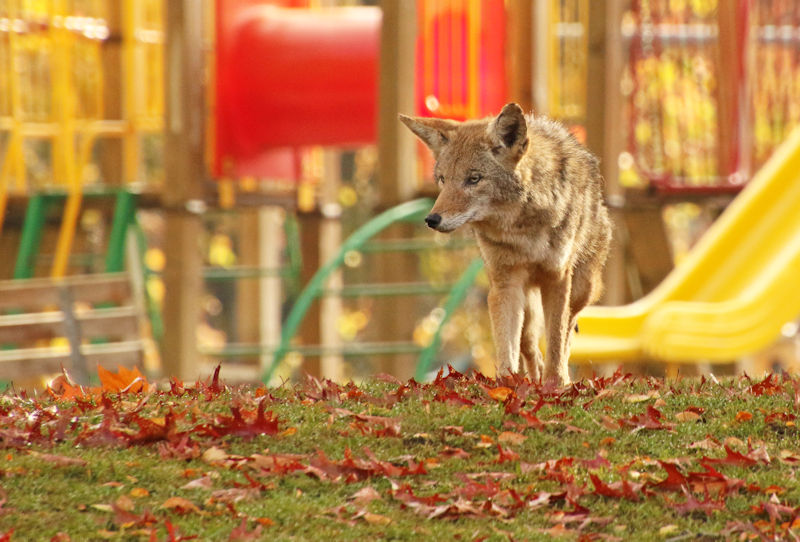In the quiet streets of Rockville, Maryland, a chilling event unfolded in October 2020, leaving residents in shock and raising questions about the delicate balance between human expansion and wildlife management. The attack by a rabid coyote attacked three individuals not only exposed the vulnerability of urban spaces but also shed light on the consequences of neglecting the regulation of coyote populations.
The Growing Strain of Human Expansion
As concrete jungles expand, encroaching upon the habitats of native wildlife, the stage is set for potential conflicts. The incident in Rockville is a stark reminder that as our population burgeons, coexistence with wildlife becomes increasingly challenging. The human-wildlife interface is a breeding ground for unforeseen confrontations, emphasizing the pressing need for proactive measures.
Coyotes: The Unseen Urban Predators
In the aftermath of the Rockville attack, attention turned to the unchecked proliferation of coyotes. The failure to manage their populations effectively has allowed these elusive creatures to adapt seamlessly to urban environments, posing a direct threat to unsuspecting residents.
Government Oversight: A Missed Opportunity
Did the government fail its citizens by allowing this to happen? The Rockville incident prompts a critical examination of the role of local authorities in safeguarding their communities. The failure to implement robust predator control measures suggests a lapse in governance, leaving citizens exposed to the potential dangers of unmanaged wildlife.
Ethical Trapping: A Solution
Amidst the chaos, the discussion surrounding ethical trapping emerged as a potential solution to mitigate the risk of such incidents. While critics argue against trapping due to ethical concerns, proponents assert that it is a necessary step to maintain a harmonious balance between human civilization and the untamed wilderness.
The Ethics of Trapping: A Delicate Balance
Ethical trapping, when approached with caution and guided by a strong moral compass, can provide an effective means of managing coyote populations. Striking the right balance between preserving wildlife and protecting human lives requires a nuanced understanding of the ecosystems we inhabit.
Predator Control: Could it Have Prevented the Tragedy?
The pivotal question lingers—would better predator control have averted the Rockville coyote attack? Proponents argue that a proactive approach, involving targeted predator control strategies, could have preemptively addressed the issue, safeguarding the community from the harrowing consequences of a rabid coyote on the loose.
A Call To Action
As Rockville grapples with the aftermath of the coyote attack, it serves as a wake-up call for communities across the nation. Balancing human expansion with responsible wildlife management is imperative to ensure the safety of residents and the preservation of ecosystems. The ethical quandary surrounding trapping necessitates thoughtful consideration, urging policymakers to find a middle ground that protects both human and animal interests.
In the end, the Rockville incident underscores the intricate dance between civilization and nature. Only through conscientious governance, informed policies, and ethical trapping practices can we hope to harmonize our existence with the wild, avoiding the tragic consequences of unchecked urban wildlife encounters.

